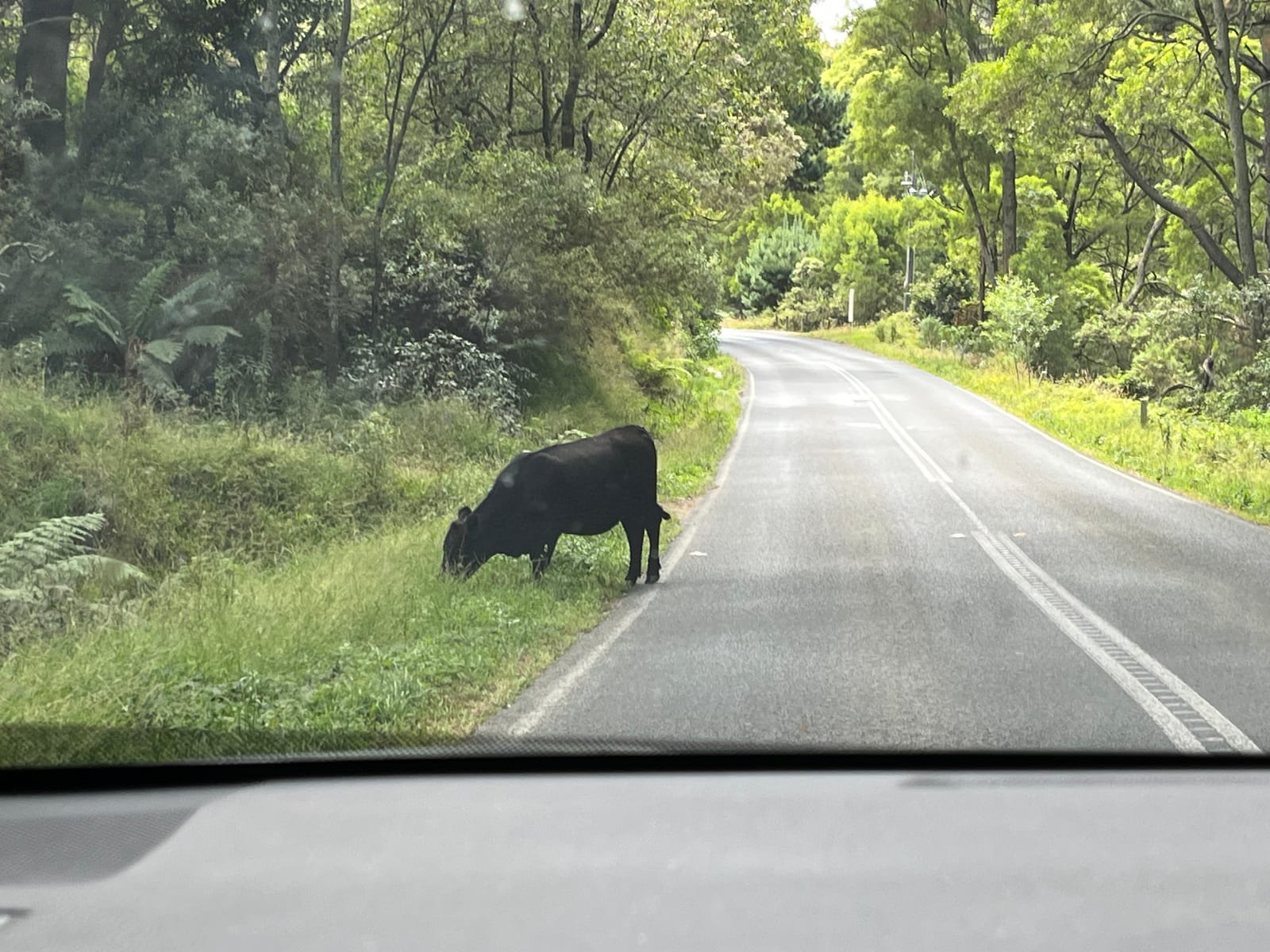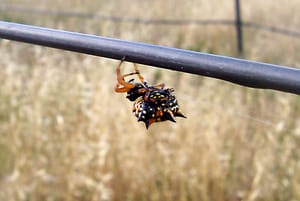Escaped livestock, particularly cattle, have become a growing safety and liability concern in parts of South Gippsland, culminating in court action, local government intervention, and mounting frustration among residents and road users.
Under Victorian law, livestock owners are legally responsible for adequately confining their animals and are liable for any damage, including collisions on public roads. Escaped stock can be impounded by the South Gippsland Shire Council, and owners face fines, transport costs and release fees under the Impounding of Livestock Act 1994.
Allison Jones, the CEO South Gippsland Shire Council, urged all livestock owners to ensure fences are secure and well-maintained. “If an animal causes an accident on the road, the livestock owner may be held responsible for any resulting costs or damages. Wandering stock can also injure themselves, other animals, and damage property”, she said.
Trouble often arises when properties are owned by people who live off-site, sometimes even interstate or overseas, leaving infrastructure unattended and fence lines deteriorating.
“In many recent cases reported online, absentee owners appear to lie at the root of repeated straying incidents”, one local fencer said.
“Available feed in paddocks is reduced significantly due to the dry conditions earlier in the winter so animals are trying to access feed from road reserves and adjoining properties”, he continued.
The experienced fencer of 40 years went on to warn of complacency if fences are not up to scratch. “If your animals wander onto your neighbour’s property it won’t reduce your responsibility”, he said.
“And if there is an accident on the road you may still be responsible for costs and damages”, he added.
Collision risk is high and well documented. Though thankfully we have not seen any serious injury or death in South Gippsland of late, it is a realistic and catastrophic possibility if a car strikes a cow or bull at highway speeds.
Escaped livestock also pose significant biosecurity risks. They can carry and spread intestinal parasites or weed seeds into neighbours’ pastures, damaging both animal health and crop yields. Bulls breaching containment pose breeding‑program dangers if they infiltrate other herds. And environmental and biodiversity plantings, as well as roadside revegetation areas, are vulnerable to trampling or grazing.
Court cases reflect escalating enforcement. In a NSW matter, a landowner had received a council warning to repair fencing, just six days before his cattle caused a collision. The court found he was negligent, allocating 65 percent of liability to him, and 35 percent to the driver. A well‑known Eastern Victoria case saw a farmer fined $20,000 for allowing cattle to repeatedly trespass onto neighbours’ farms, an escalation after multiple fines and impoundings over years.
What can local communities do?
If you see wandering livestock on a Council-managed road, please call 5662 9200 at any time.
For livestock on Department of Transport and Planning (DTP) roads—including the South Gippsland, Strzelecki, and Bass Highways, as well as key arterial roads—contact DTP directly on 13 11 70.
Penalties begin at around $607 for on‑the‑spot fines, with escalating fees and possible court summons for negligent or repeat offenders.
Technological solutions are being sought. Former South Gippsland Councillor Meg Edwards proposed using community reporting apps - such as Snap Send Solve - to issue rapid alerts when livestock escapes are reported on roadsides.
Ultimately, community safety hinges on accountability and oversight. Residents, whether farming full‑time or owning rural hobby blocks, must ensure their stock is securely contained.
Regular fence inspections, addressing dry‑season feed gaps, and prompt response to council notices are basic but essential steps. David Barrett






